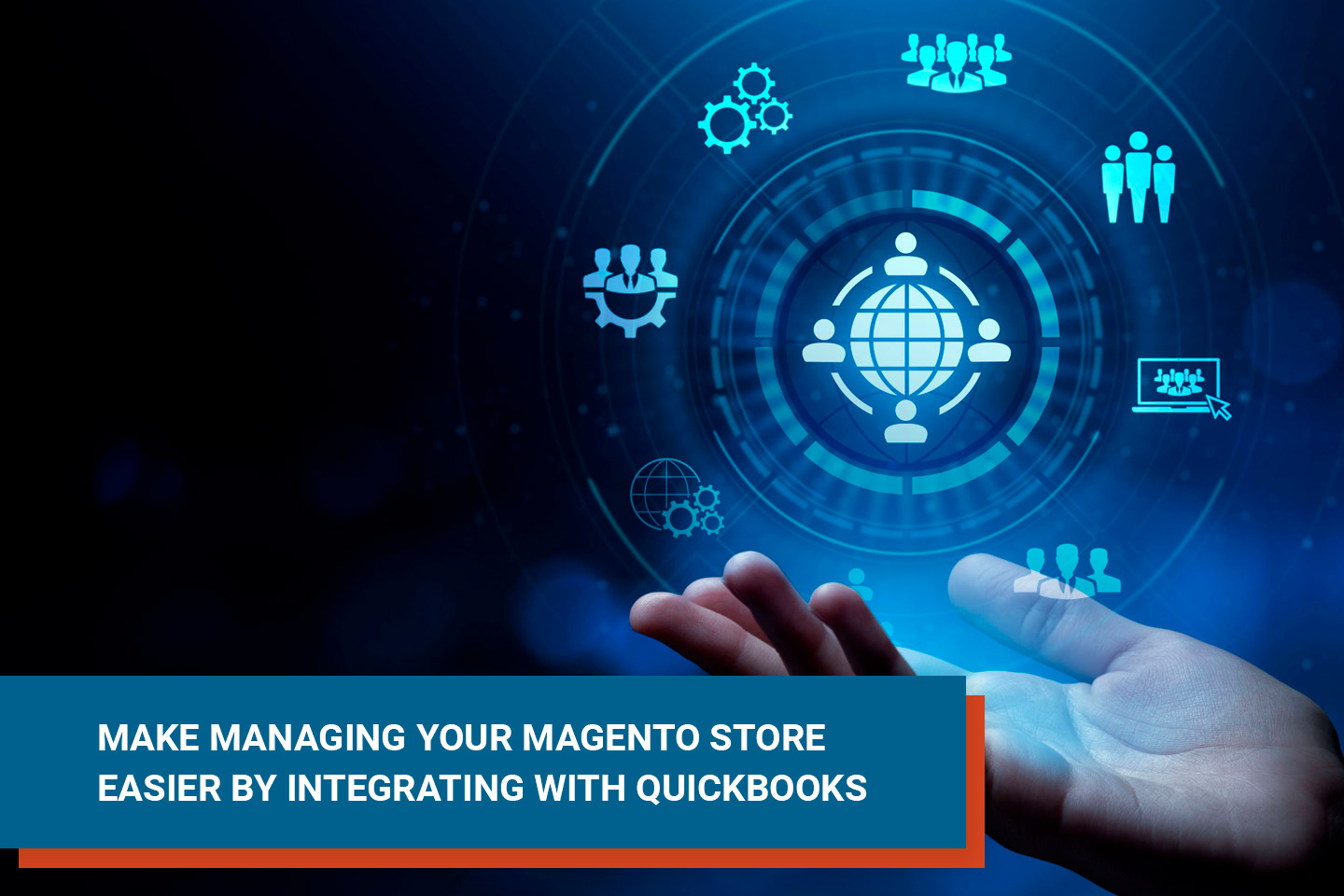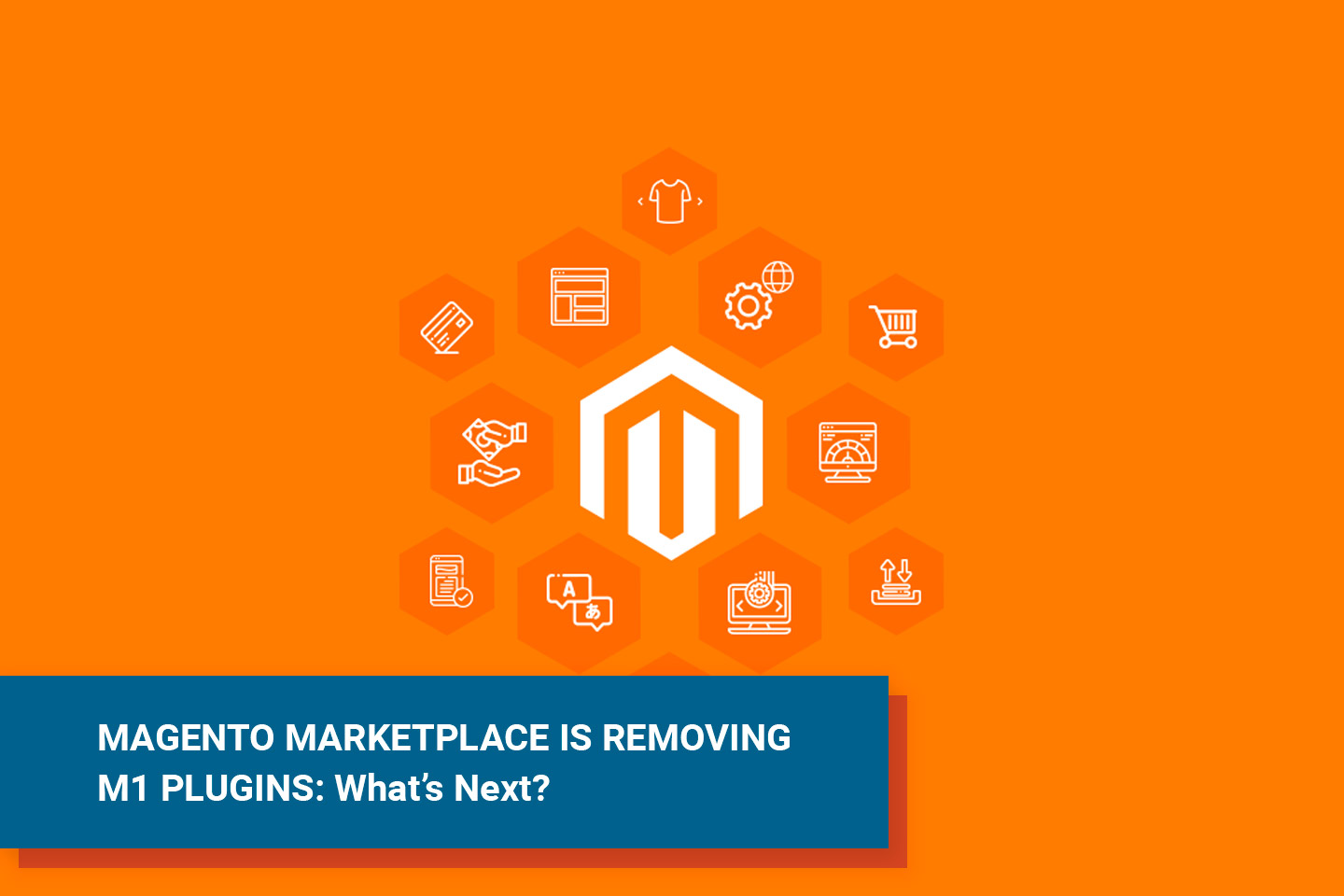Magento or Shopify: Which Is Right for Your E-Commerce Business?
 Igor Krasnykh
·
4 minute read
Igor Krasnykh
·
4 minute read

If you’re launching an e-commerce business, getting your tech stack right from the beginning will spare you headaches in the long-run. Unfortunately, many online merchants learn this lesson the hard way. That’s NOT because they don’t want to get it right from the get-go. It’s just that they don’t know where to turn for the answers they need.
This article is for you if you:
- are shopping for an e-commerce platform;
- are hitting limitations with your existing e-commerce platform;
- want to know if Magento or Shopify would best fit your business needs;
- are an online merchant who wants to avoid costly technology mistakes;
- want an e-commerce expert to help you make the decision.
During his time in the e-commerce tech space, PowerSync CEO Igor Krasnykh has encountered many merchants who missed the mark when it came to selecting the best selling platform. Magento and Shopify are two of the most popular options used today in the small-to-medium business (SMB) space. However, when it comes to choosing Magento or Shopify, the decision isn’t always clear-cut.
“It is something that varies from business to business and won’t be the same for everyone,” – Krasnykh said.
For example, PowerSync created its Shopify-Salesforce integration for a customer who moved from Magento to Shopify. Still, they wanted the same functionality our Magento-Salesforce integration offered, and PowerSync accommodated that.
On the other hand, a different business owner called their decision to launch on Shopify “a $70,000 mistake” when they quickly outgrew the platform and migrated to Magento.
According to Krasnykh, there are four critical questions to ask if you’re juggling the “Magento or Shopify” decision. We hope his insight into these areas will help you eliminate the guesswork.

1. Is my business better prepared to scale with Magento or Shopify?
No one starts a business without the ambition to grow. Although there is no way to predict how successful your venture will be, setting yourself up to scale should be a top priority. According to the industry perception, Magento is built for medium- to enterprise-level merchants while Shopify is geared toward small- to medium-sized businesses.
“If you’re a medium-sized business, you WILL outgrow Shopify,” Krasnykh said. “That’s just a fact, and there are many articles on the web where merchants share this experience. Many Shopify merchants complained about store-front limitations, splitting your revenue with the platform provider, limited inventory management capabilities, poor reporting, limitations when you need a good loyalty program — and these are just a few to call out. However, we’ve also supported small merchants on Magento that weren’t growing and did not need many features in Magento. Imagine you want a swimming pool in your backyard for your kids and family to enjoy in summer. There is no good reason for you to build, use and maintain a ten-lane Olympic swimming pool where you can easily host state competitions.”
You must look at where your business is today, and project where your business is expected to be in a year and in five years. Are you looking to scale globally in the next two years? Does the Shopify profit share cost you more than a small development team?

2. Will Magento or Shopify give me all the features I need?
Magento and Shopify are still growing. Both platforms have roadmaps and a prioritized list of features. Magento was recognized as a market leader in the 2020 Gartner Magic Quadrant for Digital Commerce report. You will notice that Shopify is also on that list, but it is considered a challenger. The platforms are not yet on the same level where you can do an apple-to-apple comparison of both platforms.

3. Which platform is best for handling recurring payments?
Shopify offers subscription management tools out of the box, and this is where the native Magento platform lacks the most. However, that doesn’t mean recurring revenue businesses can not use Magento.
PowerSync’s mPower add-on for Magento enables the ability to manage recurring revenue within the platform. We go into great detail on what makes mPower a robust subscription management solution for Magento in our previous blog post, but to summarize:
- It is architected, designed, and supported by a company that uses the product itself.
- It takes into consideration the merchant as well as the shopper to provide the best “Amazon-like” experience for both.
- Shoppers can manage/modify subscriptions without having to go back through the purchasing process.
- mPower supports many different subscription business models.
- It meets the needs of many niche industries.

4. Does Magento or Shopify allow more freedom to customize?
“At PowerSync, we have a bias towards Magento, so take this with a grain of salt,” Krasnykh said. “We have a bias not only because many of us have worked for Magento in the past, but also because of the flexibility the platform provides. This platform flexibility allows us to live in a world where we can build anything and everything to help merchants achieve their desired outcomes.”
The best analogy we can use to describe this in a more simple way is this: Think of Magento as a box of legos. This box comes pre-built and with instructions. If you want to improve the LEGO model or add “extras,” you can easily do it (assuming you understand how to extend Lego models without making the new structure fragile. Shopify is a similar box of Legos, but many pieces are super-glued together for you to preserve the structural stability of the platform. This makes it a lot more difficult for junior developers to mess things up for the merchant.
The online shopping cart is another area many merchants want to optimize, and Magento gives more flexibility for adding things like suggested sales.

5. Magento or Shopify: Which makes the most financial sense?
When it comes to payment structures, Shopify and Magento operate on two very different models. While Shopify takes a cut off of every sale, Magento only charges for their paid version of the product, and the price is linked to the merchant’s projected annual sales. Magento also has a free version of the product with slightly fewer features. Krasnykh said, “We’ve seen merchants with multi-million-dollar revenue who still use the free Magento product successfully.”
Both platforms require developers. Magento developers usually require a larger budget because the qualifications for Magento are a lot higher. Think back to the LEGO example above. The maintenance piece of the Magento platform may look like it’s more expensive compared to Shopify, and that might be true for smaller volume merchants. However, this perception flips when your volume and revenue are a lot higher.




